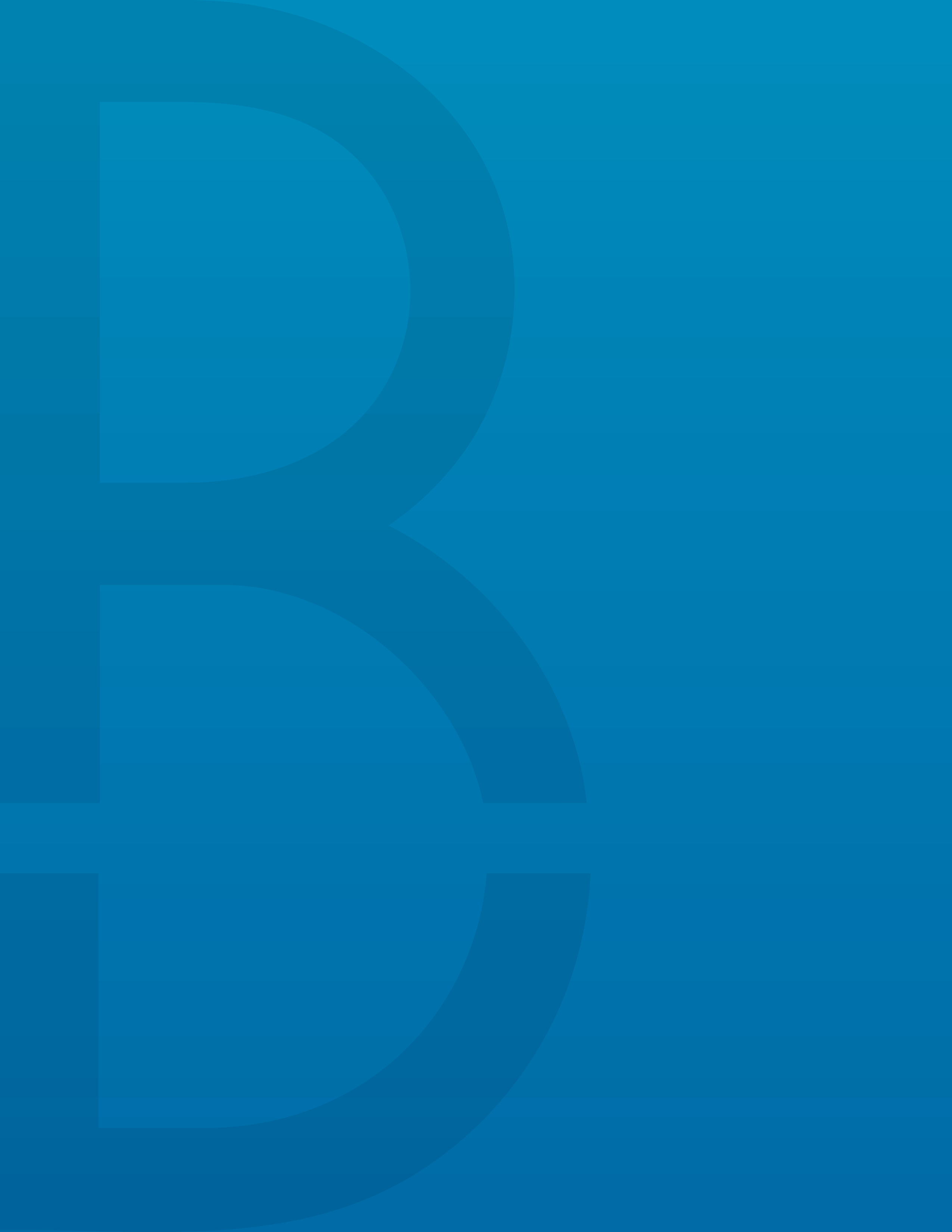Due to the COVID-19 pandemic, many employees worked from home during a portion of 2020. On December 15, 2020, CRA released guidance on two new options available for employees claiming expenses related to working from home on their personal tax return.
While this will clearly impact an employee’s personal tax filing, it should also be considered by employers. A key question employers need to answer is whether they should provide an employer certification in respect of these employees. If so, they should consider what certification should be issued, and how they should be completed in an efficient, correct, and complete manner.
To help address these issues, we must understand the claims that employees can make.
Temporary flat rate method – no employer certification required
Employees can claim $2/day, to a maximum of $400, for days worked from home either full or part-time. This is available if:
- the employee worked from home more than 50% of the time for a period of at least four consecutive weeks in 2020 due to the COVID-19 pandemic;
- the employee is not claiming any other employment expenses; and
- the employer did not reimburse all of the employee’s home office expenses.
Detailed method – employer certification required
As an alternative to the above, eligible employees may also use a detailed method to claim reasonable amounts paid for expenses incurred related to working from home.
This is a more complex option which requires that the employee retain detailed support (receipts and invoices) for the expenses, as well as obtain an employer certification. CRA allows for a simpler certification (T2200S Declaration of Conditions of Employment for Working at Home Due to COVID-19) if there are no other employment expenses being claimed, otherwise, the more extensive T2200 (Declaration of Conditions of Employment) must be obtained.
For expenses related to working from home to be deductible under this method, one of the following has to be met:
- the home was where the individual mainly (more than 50% of the time) did their work for a period of at least four consecutive weeks; or
- the individual used the space exclusively to earn income, and used it on a regular and ongoing basis for meeting clients, customers or other people in respect of the employment.
If one of these tests are met, even for a portion of the year, a reasonable claim can be made. Such eligible expenses include amounts paid for rent, utilities, internet access fees and office supplies.
Issues for employers
While no certification is required for an employee to claim the temporary flat rate method, a certification (T2200S or T2200) is required for those using the detailed method.
T2200
The T2200 is the existing and extensive form required if an employee is claiming expenses beyond those simply related to working from home.
This document requires the employer to answer multiple detailed questions, many of which require additional information.
T2200S
The T2200S is a much simpler form as compared to the historical T2200. There are three simple questions the employer will need to answer on the form for each employee:
- Did this employee work from home due to COVID-19?
- Did you or will you reimburse this employee for any of their home office expenses? The amount of any reimbursement or allowance is not required to be included on the T2200S.
- Was the amount included on this employee’s T4 slip?
The form also requires the employer to certify “that this employee worked from home in 2020 due to COVID-19, and was required to pay some or all their (sic) own home office expenses used directly in their work while carrying out their duties of employment during that period.”
ACTION ITEM: Consider whether you will provide employees with a T2200, T2200S, or no certification.




